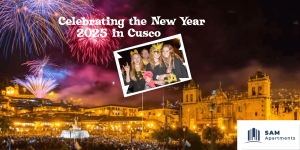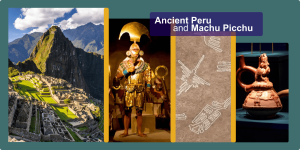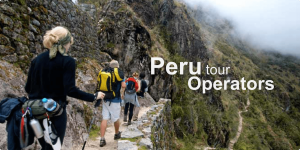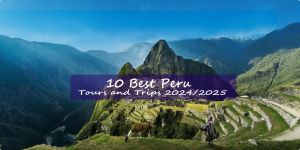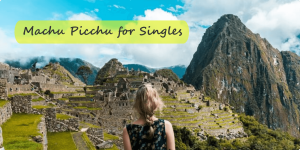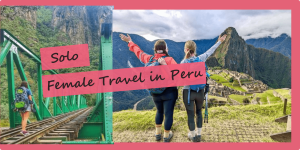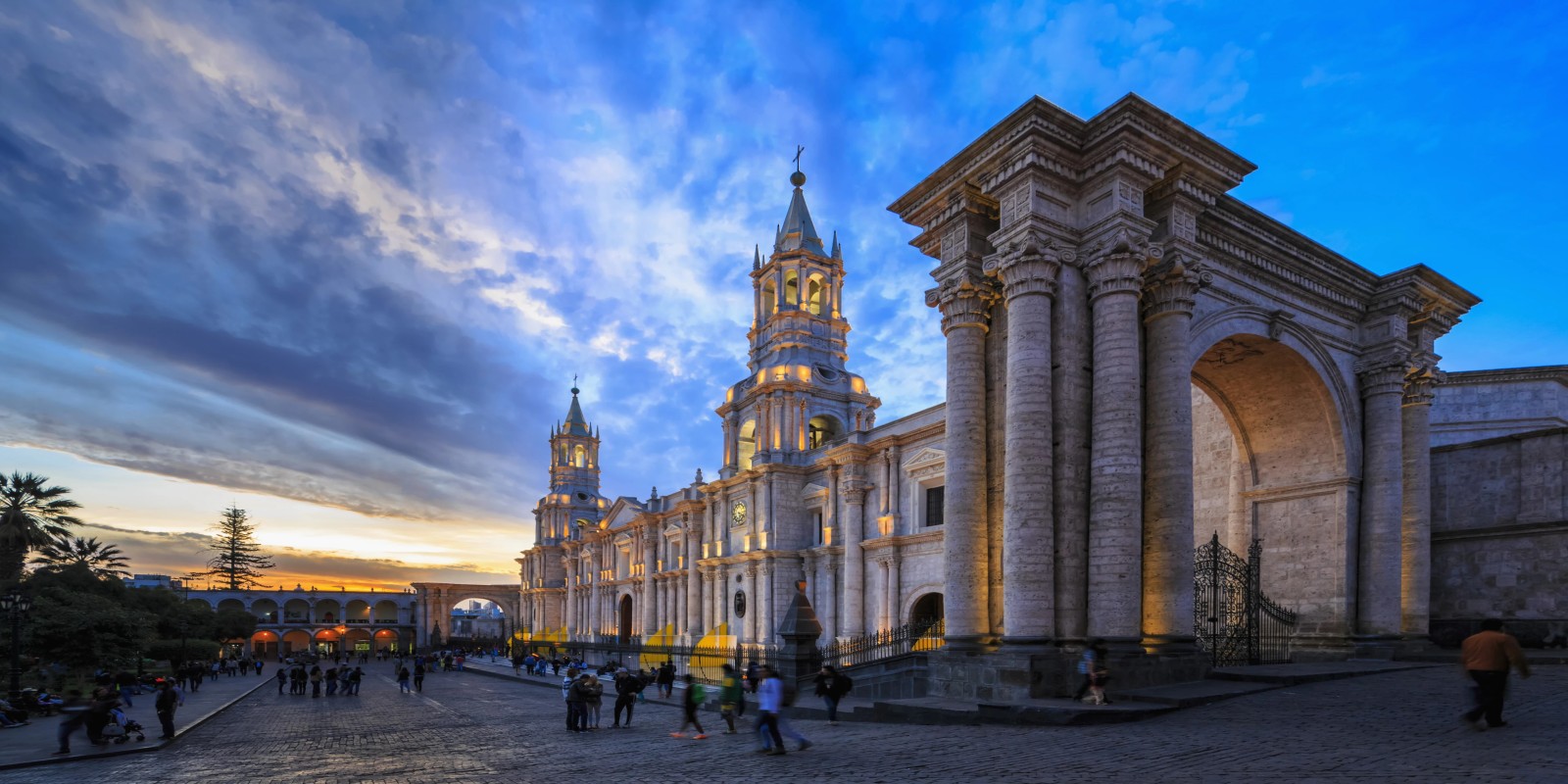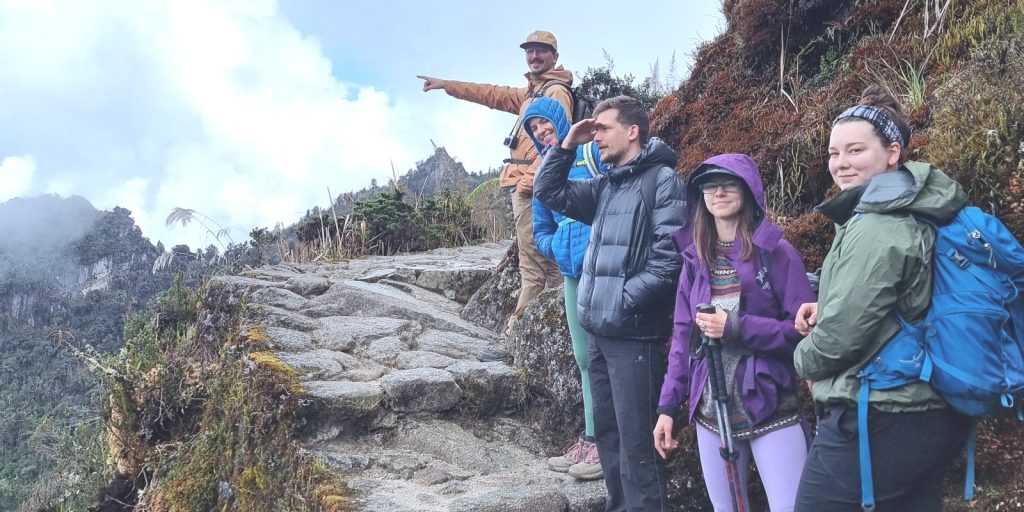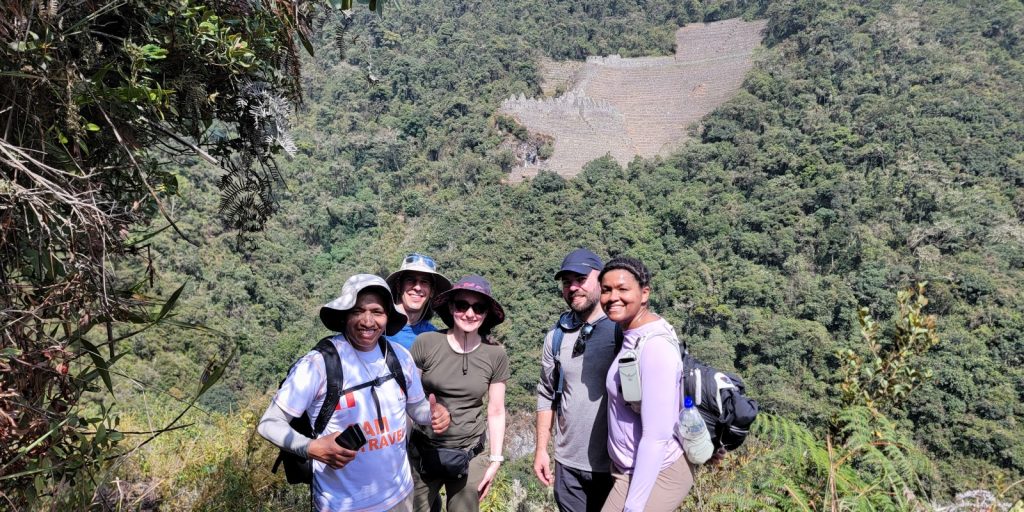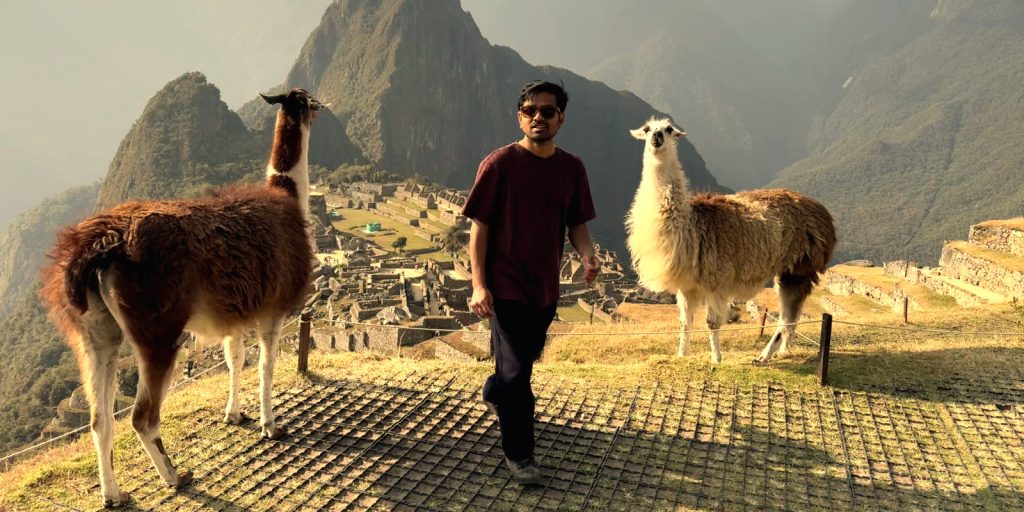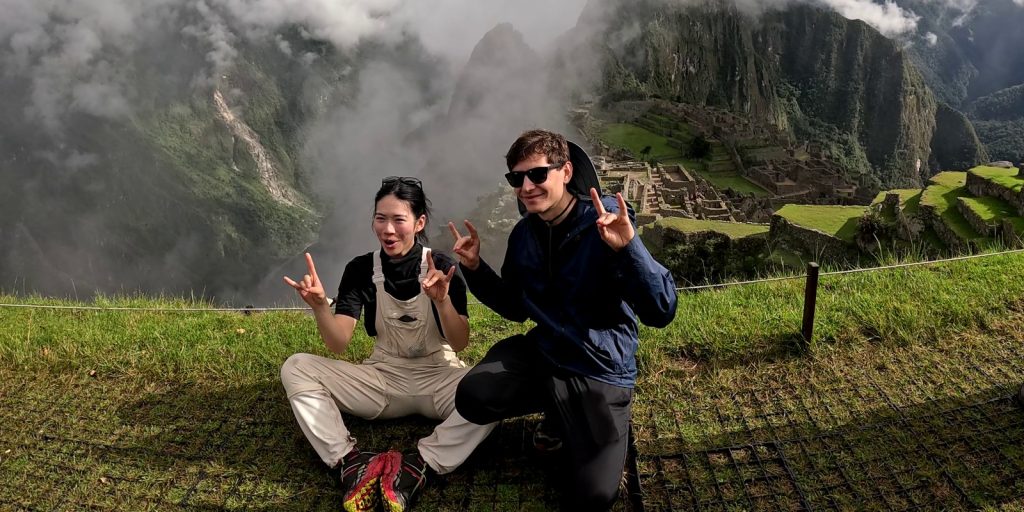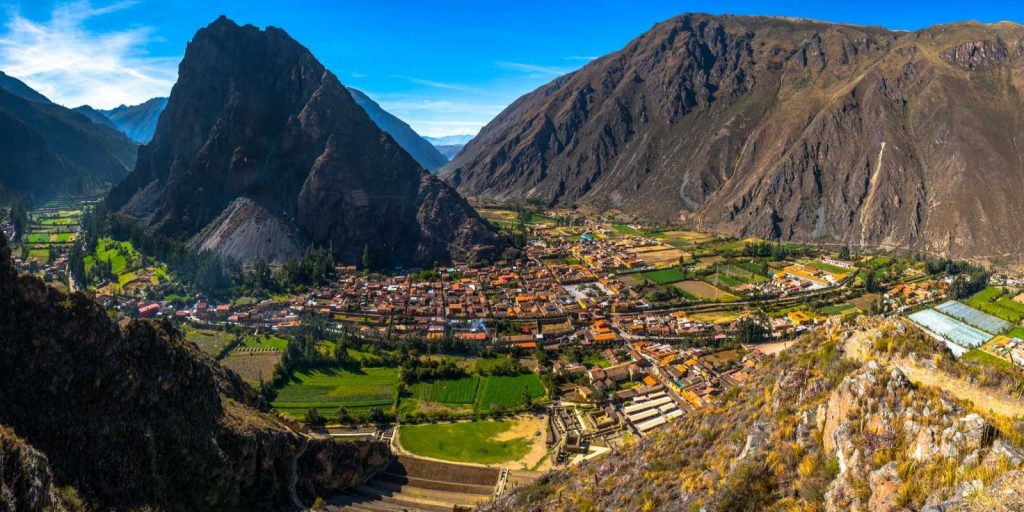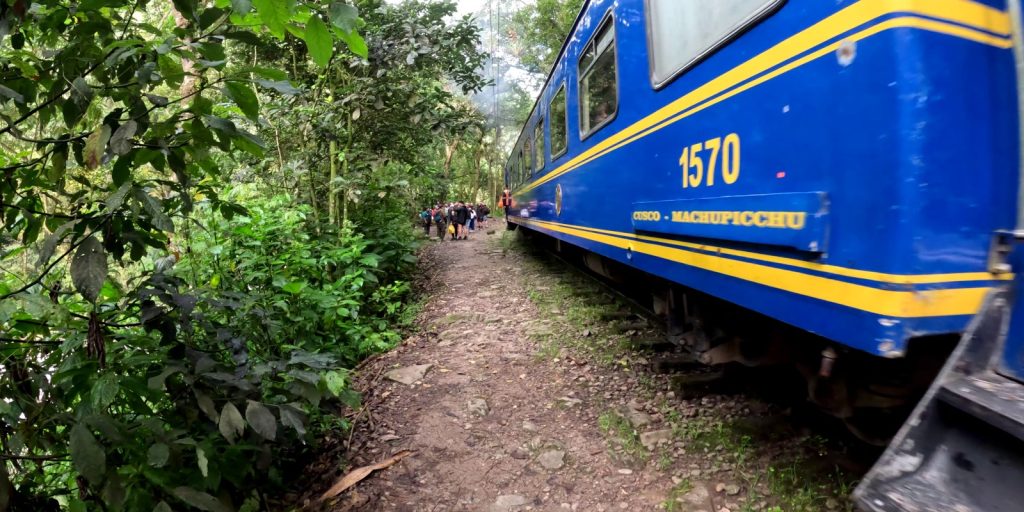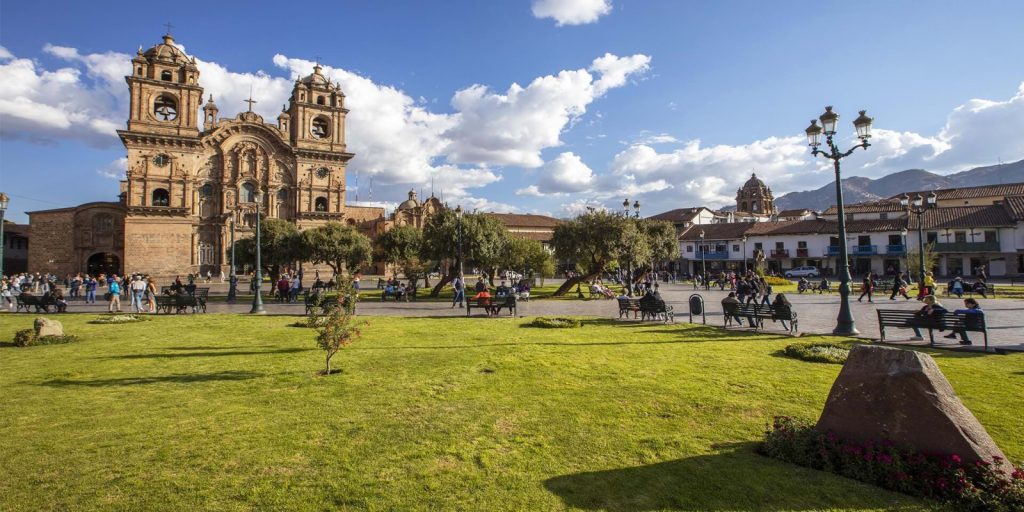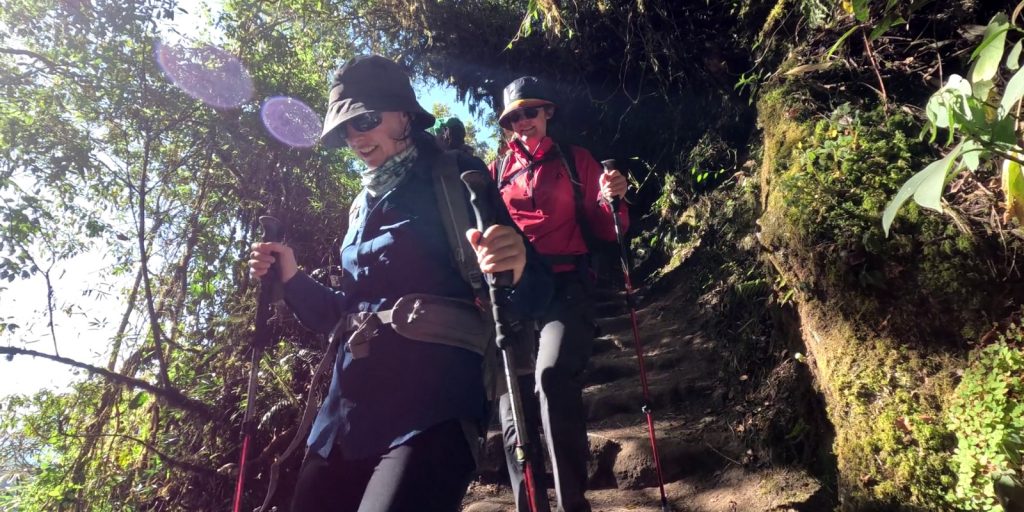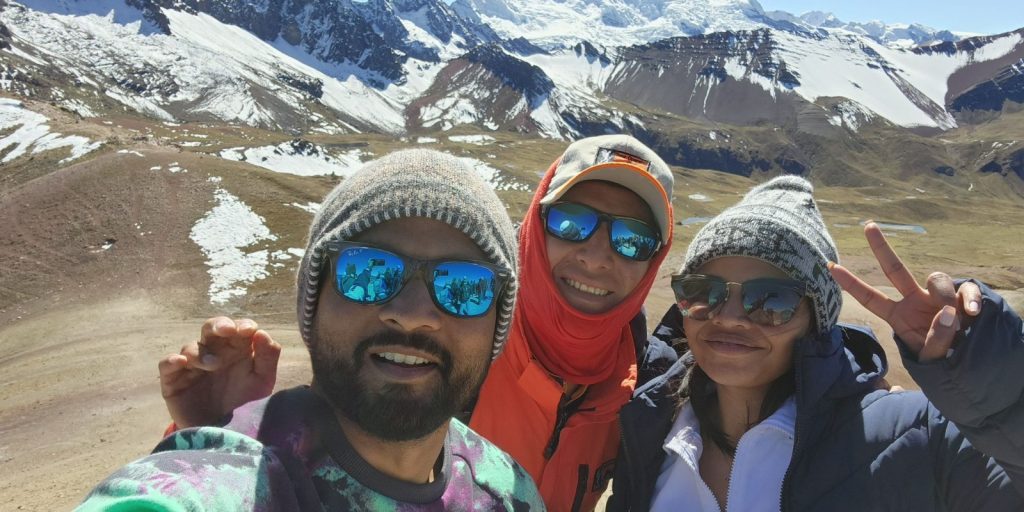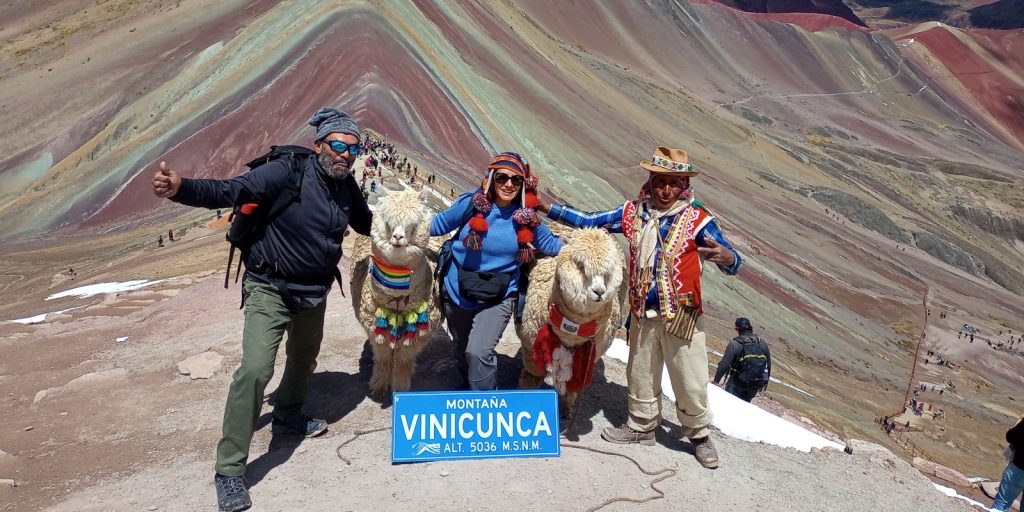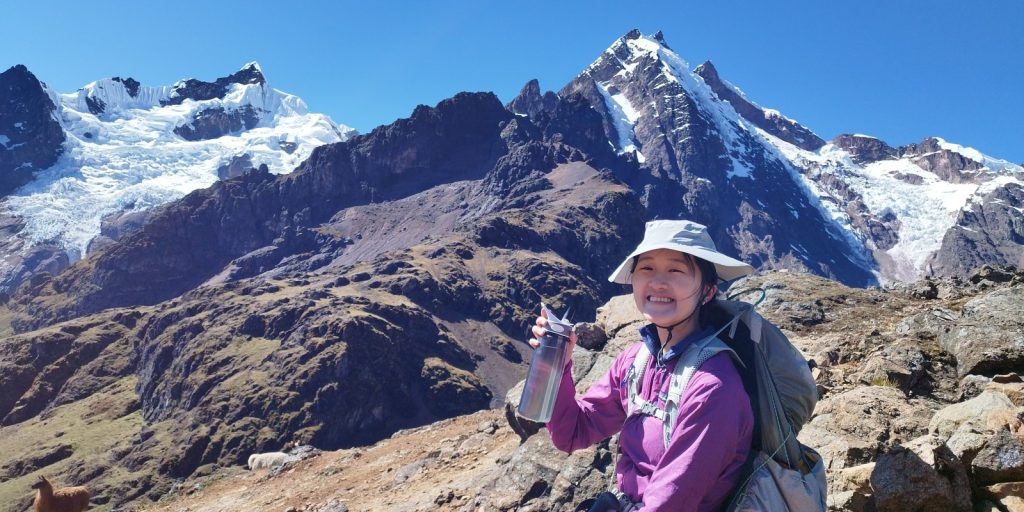Arequipa, what is the attraction, what is there to do? Here we will explore the many and varied sites to see and visit. Most skip this beautiful part of the world or don’t know of its charms, but a few days in Arequipa will blow you away with the areas beauty, wonderful climate and amazing natural scenery.
History of Arequipa
The great story of how the name Arequipa came about is worth a mention here. It is said the fourth Inca Emperor Mayta Capac on one of his many conquest trips said art quepay, which means let’s stop here, so Arequipa literally means let’s stop here.
The Spanish
As the Inca loved the Arequipa area so did the Spanish. The Spanish conquistador Pizarro officially founded the city in 1540 and he named the city Villa Hermosa, meaning beautiful town. The lovely white stone found in the area was used on wonderfully extravagant buildings and many an architect wanted in on the construction of the city. Author Miguel de Cervantes spent time there and said to have enjoyed its eternal spring.
During the eighteenth and nineteenth centuries, this mountainous region became an important source of sheep and alpaca wool exports, largely to the UK. Connected to the rest of Peru only by mule track until 1870, Arequipa was slow to become the provincial capital it is today. Money made mainly from exports kept the economy growing enough to establish an electric urban tramway in 1913 and then a road up to Puno in 1928.
When is the best time to go?
The best time to visit Arequipa is from April to June. But having said that the weather is great all year round. During the busy months accommodation can fill quickly so book in advance.
How to get to Arequipa
By air,
The airport Manuel Ballon has flights to and from Lima, Juliaca and Cusco daily. Located around 8kms from the center of the city, take a taxi or book a transfer with your hotel.
By bus,
with 2 major bus stations Arequipa is accessible to many destination all over Peru. For long distance travel from Arequipa always choose a safe company like Cruz del Sur, Oltursa or Exclusiva.
Top Attractions in Arequipa
The Iglesia Santo Domingo
Was originally built by Gaspar Baez the first master architect in Arequipa in 1553. What you see today was built between 1650 and 1698 but has since suffered damage from earthquakes and has been repaired. The large doors of the church are of the mestizo craftsmanship, see examples of with Indian faces amid grapes, leaves and cacti. See the side door said to be the oldest door in Arequipa.
Monasterio de Santa Catalina
The vast walls of this spectacular monastery provided shelter to the hundreds of secluded nuns that lived there from the late sixteenth century until 1970. This is when it opened its doors to the public. Considered the most important religious buildings in Peru, it features an enormous complex of rooms, cloisters and plazas which takes a couple of hours to explore. Today 30 nuns still live at the monastery. The Mudejar style building was adapted by the Spanish from the Moors, which is a rarity among their colonial buildings. One of the features is the striking colors that dominate, made more prominate by the wonderful sunshine of Arequipa.
The Museo Santuarios Andinos
Is the most important museum in Arequipa. The museum houses nineteen Inca mummies and range of archeological remain. The main reason most visit this museum is to see Juanita, the ancient 13-year-old uncovered from her icy grave in 1995. Her gravesite was uncovered at an altitude of 6380m at the Ampato Volcano and she is estimated to be around 500 years old. It is said that she was sacrificed to Apu Ampato. The museum also contains fine examples of textiles, precious metals and Inca ceramics.
Yanahuara
This district is where you will get the best views of Arequipa city and the El Misti volcano. The plaza has many churches and the sector has many fine dining restaurants.
The Plaza de Armes
Arequipa’s main plaza is a monument to the city’s sillar architecture – white, chunky, and unique. Impressive colonnaded balconies line three sides. The fourth is given over to the cathedral, a humungous edifice with two soaring towers.
La Catedral
Originally built in the 17th century, the interior features 12 Italian marble columns, Byzantine brass lamp from Spain. In 1870 Belgium gifted an organ which is the largest in South America. Funny story is that during shipping the organ sustained damage causing distorted notes which have not been fixed for more than a century. Something to note is that it is the only cathedral in Peru that stretches the length of the plaza.
Volcanoes
Arequipa is home to 3 of the biggest volcanos in South America. These massive peaks you will be able to see from all parts of Arequipa. There are hikes available for 1 to 3 days, with spectacular mountain views and exciting volcano experiences. These treks are for the brave and the fit. During the important festivals offerings are made to the volcanoes.
What is the food like in Arequipa?
The food in Arequipa is somewhat different to the rest of Peru, they have their own food culture like the rest of Peru. The people are very proud of their food and will have plenty of recommendations. It is recommended to try the Adobo, Rocoto Relleno and the Chupe de Camarones. When you are out and about look for Queso Helado a creamy refreshing Ice Cream.
Where to Stay?
As a world class city Arequipa has many different types of accommodation from which to choose. If you require luxury hotels there are many available, midrange hotels there are an abundance. Budget accommodation seekers will not be starved for choice as there are many.
Do I need to Acclimatize?
Arequipa is around 1000 meters below Cusco and Puno. Most people do not experience altitude sickness in Arequipa so it is a great place to acclimatize. Having said this if you travel to the Colca Canyon the road reaches 4000 meters which will affect most people.
The Colca Canyon
One of the major reasons to visit Arequipa is to travel to the Colca Canyon. One of largest canyons in the world, this is one of the most naturally beautiful sites in Peru. The journey to the Colca Canyon from Arequipa takes around 6 hours through some pretty high passes. Arrive into the town of Chivay, maybe take the time to visit the pretty awesome hot springs and enjoy. Travel further to the viewing point of the Colca Canyon. See the amazing Condors as they cruise by hanging on the thermals that rise from the bottom of the canyon. Most take a 2-day tour from Arequipa and continue on to the lakeside town of Puno.
Arequipa is a highlight on any Peruvian adventure. It is worth a few extra days of your holiday to visit this beautiful sunny city. Known as Peru’s second city Arequipa won’t disappoint, book your tour to Peru including Arequipa today.
